Rugged vs. Consumer-Grade Handheld Devices: Which Is Right for Your Business
In today’s fast-paced business environment, handheld devices such as barcode scanners, mobile computers, and tablets have become essential tools for improving efficiency and productivity. However, not all handheld devices are created equal. When it comes to choosing the right device for your business, one of the most critical decisions you’ll face is whether to invest in rugged devices or opt for consumer-grade alternatives. Both options have their merits, but understanding their differences and how they align with your business needs is key to making the right choice. Let’s dive into the rugged vs. consumer-grade debate and help you determine which is the best fit for your business.
What Are Rugged Handheld Devices?
Rugged handheld devices are specifically designed to withstand harsh environments and demanding workloads. Built to military-grade standards, these devices are resistant to drops, water, dust, extreme temperatures, and other challenging conditions. They are commonly used in industries such as logistics, manufacturing, construction, and field services, where durability and reliability are non-negotiable.
Key Features of Rugged Devices:
- Durability: Designed to survive drops from significant heights and resist damage from water, dust, and vibrations.
- Longevity: Built to last longer than consumer-grade devices, reducing the need for frequent replacements.
- Specialized Functionality: Often include features like barcode scanning, RFID reading, and long battery life tailored to industrial use.
- Higher Initial Cost: Rugged devices typically come with a higher price tag due to their advanced engineering and durability.
What Are Consumer-Grade Handheld Devices?
Consumer-grade handheld devices, such as smartphones and tablets, are designed for everyday use by the general public. While they are not built to withstand extreme conditions, they are often more affordable and user-friendly. These devices are commonly used in retail, hospitality, and other environments where conditions are less demanding.
Key Features of Consumer-Grade Devices:
- Affordability: Generally less expensive than rugged devices, making them an attractive option for businesses with budget constraints.
- Ease of Use: Familiar interfaces and apps make them easy for employees to adopt.
- Limited Durability: Not designed to withstand drops, water, dust, or extreme temperatures.
- Shorter Lifespan: More prone to damage and may require frequent replacements in demanding environments.
Rugged vs. Consumer-Grade: Key Considerations for Your Business
Choosing between rugged and consumer-grade handheld devices depends on several factors, including your industry, work environment, and specific business needs. Here are some key considerations to help you make an informed decision:
1. Work Environment
The environment in which your devices will be used is one of the most critical factors. If your employees work in harsh conditions—such as construction sites, warehouses, or outdoor settings—rugged devices are the clear choice. They can withstand drops, spills, and exposure to dust and moisture, ensuring uninterrupted operation. On the other hand, if your business operates in a controlled environment like a retail store or office, consumer-grade devices may suffice.
2. Total Cost of Ownership (TCO)
While rugged devices have a higher upfront cost, they often offer a lower total cost of ownership over time. Their durability means fewer replacements and repairs, reducing long-term expenses. Consumer-grade devices, while cheaper initially, may incur higher costs due to frequent replacements and repairs, especially in demanding environments.
3. Functionality and Performance
Rugged devices are designed with specialized features tailored to specific industries. For example, they may include advanced barcode scanning, thermal imaging, or GPS capabilities. If your business requires these specialized functions, rugged devices are the better choice. Consumer-grade devices, while versatile, may lack the performance and reliability needed for industrial applications.
4. Employee Productivity
Downtime caused by device failure can significantly impact productivity. Rugged devices are built to perform reliably in challenging conditions, minimizing downtime and keeping your operations running smoothly. Consumer-grade devices, while convenient, are more likely to fail in demanding environments, leading to disruptions and lost productivity.
5. Security and Compliance
For businesses handling sensitive data, rugged devices often offer enhanced security features, such as biometric authentication and encrypted data storage. They are also more likely to meet industry-specific compliance standards. Consumer-grade devices may not provide the same level of security, making them less suitable for industries like healthcare or finance.
Industry-Specific Recommendations
To further illustrate the decision-making process, let’s look at how different industries might approach the rugged vs. consumer-grade choice:
1. Logistics and Warehousing
In logistics and warehousing, devices are subjected to constant use, drops, and exposure to dust and moisture. Rugged handheld devices are the ideal choice, as they can withstand these conditions and provide reliable performance for tasks like inventory management and order fulfillment.
2. Retail
In retail, consumer-grade devices like smartphones and tablets are often sufficient. They are cost-effective, easy to use, and suitable for tasks like mobile point-of-sale (mPOS) and customer service. However, for backroom operations or high-traffic environments, rugged devices may still be beneficial.
3. Healthcare
Healthcare professionals require devices that can withstand frequent cleaning and exposure to liquids. Rugged tablets and scanners are often the best choice, as they meet hygiene standards and provide the durability needed for busy hospital environments.
4. Field Services
Field service technicians working in outdoor or industrial settings need rugged devices that can handle extreme temperatures, drops, and vibrations. Rugged handheld computers with GPS and barcode scanning capabilities are essential for these roles.
Making the Right Choice for Your Business
Ultimately, the decision between rugged and consumer-grade handheld devices comes down to your specific business needs and operational environment. Here’s a quick checklist to help you decide:
- Choose Rugged Devices If:
- Your employees work in harsh or demanding environments.
- You need specialized features like barcode scanning or GPS.
- Downtime and device failure would significantly impact your operations.
- You require enhanced security and compliance features.
- Choose Consumer-Grade Devices If:
- Your work environment is controlled and low-risk.
- You have budget constraints and need a cost-effective solution.
- Your tasks are general and do not require specialized functionality.
Conclusion
The choice between rugged and consumer-grade handheld devices is not just about cost—it’s about finding the right tool to support your business goals and operational needs. Rugged devices offer unmatched durability and reliability, making them ideal for demanding environments, while consumer-grade devices provide affordability and ease of use for less challenging settings.
By carefully evaluating your work environment, budget, and functional requirements, you can make an informed decision that enhances productivity, reduces costs, and ensures the long-term success of your business. Whether you choose rugged or consumer-grade, the right handheld device can be a powerful asset in driving your business forward.
No comments






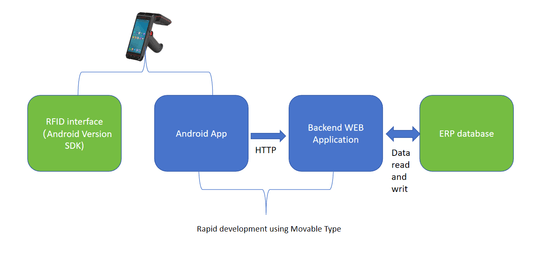
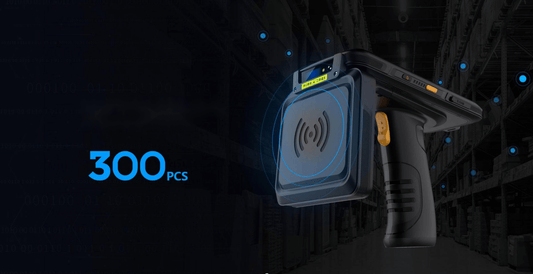

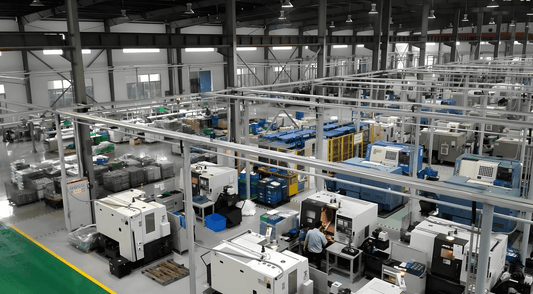
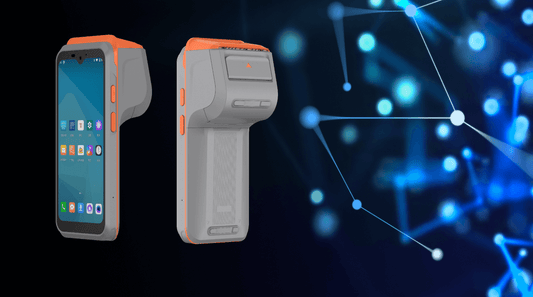
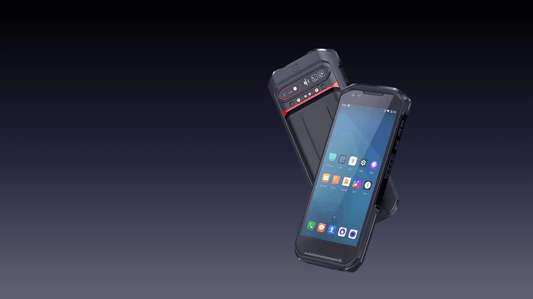
0 comments